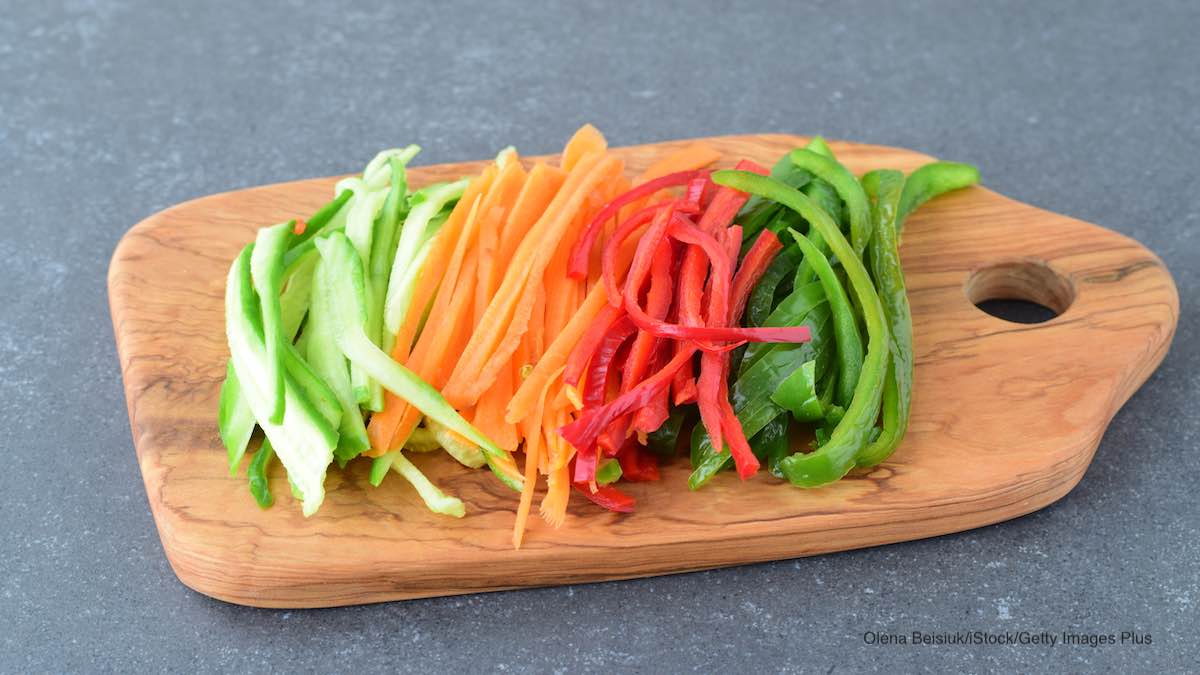Consumers are understandably nervous about the new romaine lettuce growing season in the Yuma, Arizona region after the large E. coli O157:H7 outbreak that was linked to that product earlier this year. In that outbreak, 210 people were sickened, and 96 people were hospitalized. Five people died. So how should you, and can you, wash fruits and vegetables to help get rid of pathogens?

The FDA and CDC never did solve this outbreak, and never identified a single farm or product that caused the illnesses. They did, however, find that canal water that may have been used for irrigation or to dilute crop chemicals was contaminated with the outbreak strain.
One of the issues with that outbreak was that most of the illnesses were caused by chopped romaine. Lettuce from many different farms was processed together in huge batches, which helped spread the contaminated lettuce around the country. Just one head of contaminated lettuce could contaminate many bags of prepared salad.
It is true that less processed produce may be safer, although contamination can occur anywhere on any food. The large centralized processing and distribution centers can get contaminated foods to more people. If you choose to purchase unprocessed produce, can you make it safe by proper cleaning?
The answer is yes and no. Washing fruits and vegetables can reduce the risk of foodborne illness. But it’s impossible to completely remove all bacteria from these products through washing.
The University of Maine Cooperative Extension has published a bulletin about the best ways to wash fruits and vegetables that contains valuable information and step by step instructions.
First, wash your hands with hot soapy water before you start working in the kitchen. Then clean your countertop, cutting boards, and utensils. It’s a good idea to clean your sink took since bacteria can linger there and cross-contaminate other foods. Do not use soaps or detergents to wash produce.
Produce with thick skin should be scrubbed with a vegetable brush. Produce that has a lot of nooks and crannies, such as cauliflower, broccoli, or lettuce, should be soaked in a bowl of clean cool water for 1 to 2 minutes. Don’t soak those items in the sink, which could be contaminated. After washing, dry the produce with a clean paper towel. This action can help remove more bacteria. Wash fruits that are more delicate, such as raspberries and strawberries, just before you eat them.
And remember that homegrown fruits and veggies, produce bought at the farmers market should also be thoroughly washed. Most experts recommend that you don’t wash any produce that is labeled “ready to eat,” “washed,” or “triple washed” because you could re-contaminate it.
And once the produce is cleaned, refrigerate it as soon as possible. That goes double for any fruits and veggies that are sliced or chopped.




